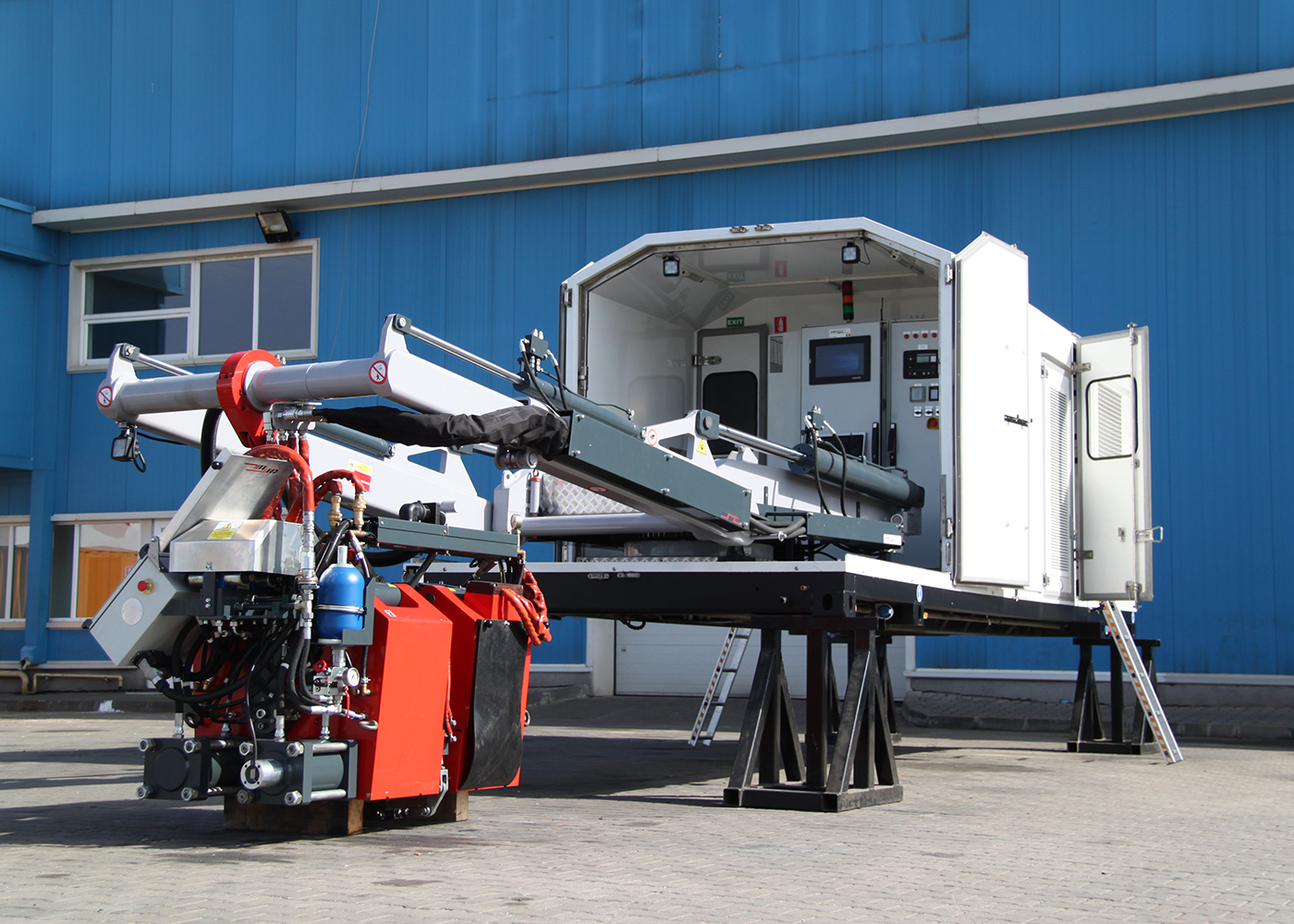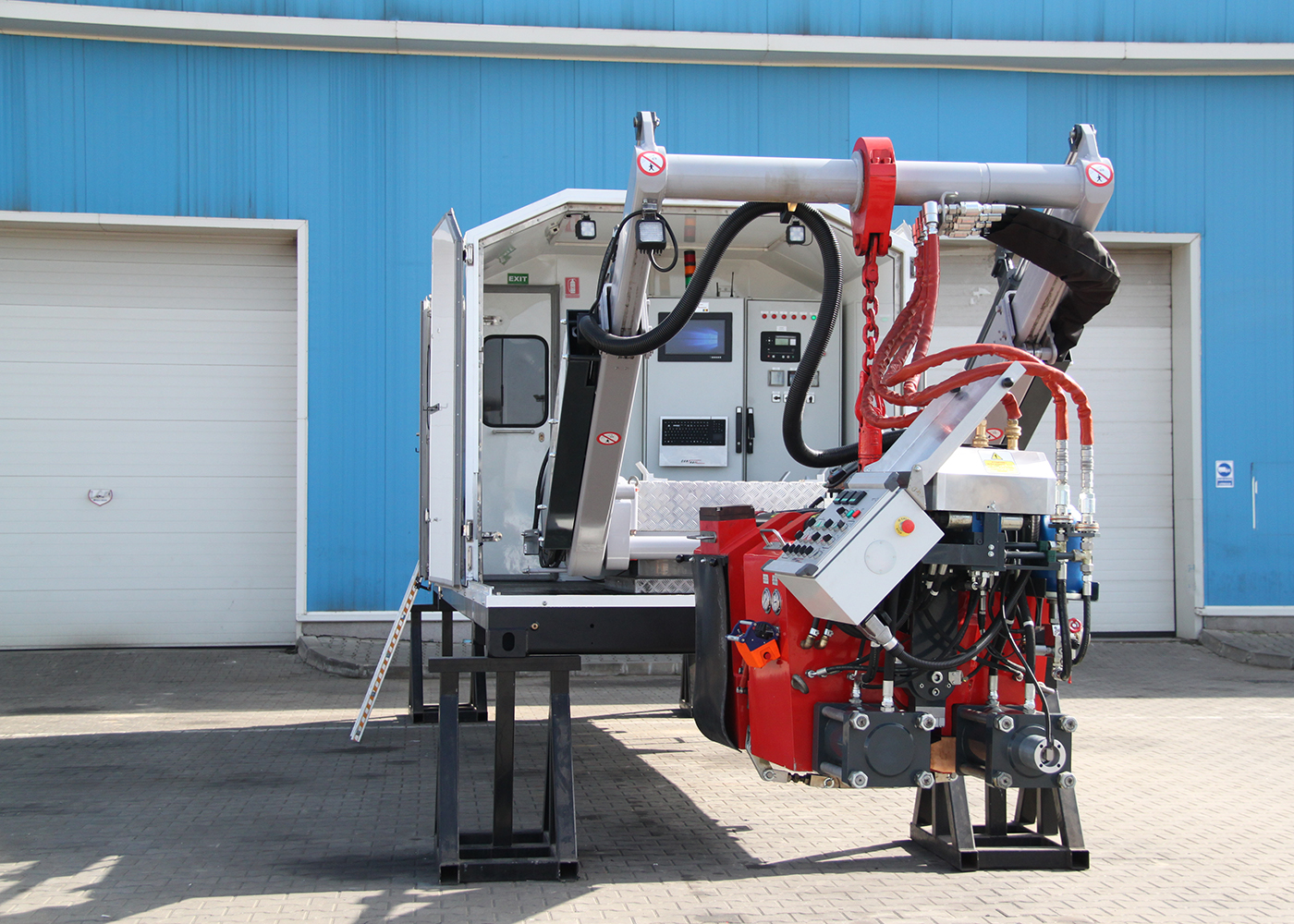Flash Butt Welding
Pandrol offers a complete mobile flash butt welding plant hire service for rail companies, to complement our aluminothermic welding solutions in India. The service involves providing access to a flash butt welding machine, along with a trained team of operators to carry out the welding process to a high standard.
Flash Butt Welding product overview
Pandrol are pleased to offer Flash Butt Welding to their customers in India. These mobile machines can travel on rail and road, so can be moved easily between job sites. All have been approved by the Research Designs and Standards Organisation (RDSO), Ministry of Railways, Government of India.
At Pandrol, there are four flash butt welding machines available for hire:
- Two Paton International machines (K-920 and K-900) – both designed for welding using continuous or pulsed flashing, with burr removal immediately after welding.
- A Holland H-1000 – a 100-tonne machine with the capacity for handling the longest rail strings.
- A Contrail CR-80 – a compact, versatile machine, with the welding of grooved rails as a standard feature.
Advantages of using flash butt welding
Covers the end-to-end process
Flash butt welding covers the whole welding cycle: preheat, pre-flash, steady flash, boost, upset, forging, and removal of flash material. The electronic control system provides a stable welding process and results in high-quality welding joints. The process is very flexible, as different types of rail sections and grades can be welded through minor adjustments to the flash butt welding machine.
Low maintenance costs
It creates rail that is much smoother than mechanically-joined rail because there are no gaps between sections. As a result of the lack of joins, the welded section has the same properties as the rest of the rail. This minimises uneven wear and tear on the rail, which helps to save time by reducing inspection and maintenance costs.
Versatile and high-quality
Flash butt welding is versatile – it can be used to make long welded rails (LWRs) and to convert short rails or LWRs into continuous welded rails (CWRs). The welding head is designed to provide the highest standard in quality and tolerances of rail welding in track and stationary conditions. Flash butt welds are less prone to corrosion and have low failure rates – say goodbye to defects like porosity, inclusions, and lack of fusion.
Transportable machines
The flash butt welding machines are mobile – they can be driven to a site by road or rail, saving time and making welding more efficient.
Technical features of flash butt welding
Resistance welding
In flash butt welding, the energy to join components is primarily provided by resistance heat from the parts themselves. The pieces of metal to be welded are separated and a current is applied to them. The gap between the two pieces of metal creates resistance and produces an arc to melt the metal. The time that the arc is present is the ‘flash time’.
No filler metals
The pieces of melted metal to be joined are pressed together under high pressure, causing the ends to join. This means that no filler metals are needed.
Electronic control
An electronic control system is designed to provide a stable welding process according to pre-set parameters.
Clamping system
Flash butt welding machines use a clamping system of two horizontally mounted cylinders that clamp the rails with high force to ensure they do not slip during welding and upsetting.
Welding cycle
The welding head is able to achieve 100T pulling force. It completes a welding cycle from aligning to flash removal in one automatic sequence. A flash removal device is integrated with the welding head.
Versatility
Flash butt welding machines can be used either on or off track and can weld rails with a cross-section of up to 12,000mm2. They can be used to make LWRs and to convert short rails or LWRs into CWRs.
How does Flash Butt Welding work?
Flash butt welding is a type of electrical resistance welding that doesn’t use any filler metals. It’s used for joining components, where the energy transfer is mostly provided by the resistance heat generated from the parts used. The pieces of metal to be used are set apart from one another based on material thickness, composition, and desired properties of the finished weld. These pieces are spread across the full joint area.
There are a range of sizes and shapes that can be joined, which are clamped and brought together while a current is applied to the metal. Most welding machines are automatic or semi-automatic, but the process can also be done manually. When the voltage is applied and contact is made between the two pieces, a high current density is created and the resistance generated heats and melts out of the joint. This creates the flashing action that is synonymous with this process and produces the arc needed to melt the metal.
This flashing action introduces heat and softens the component ends. Once the pieces of metal reach the right temperature they can be pressed and welded together to consolidate the joint. The output of this process is a forge butt weld with no melted metal remaining in the joint.
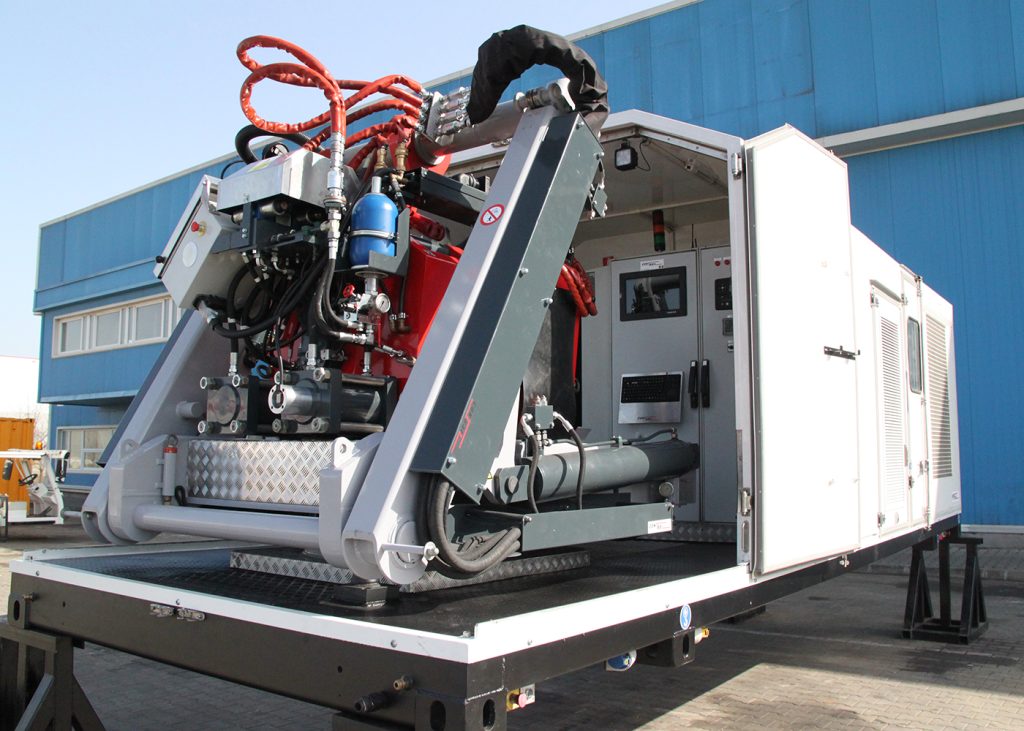
Related products
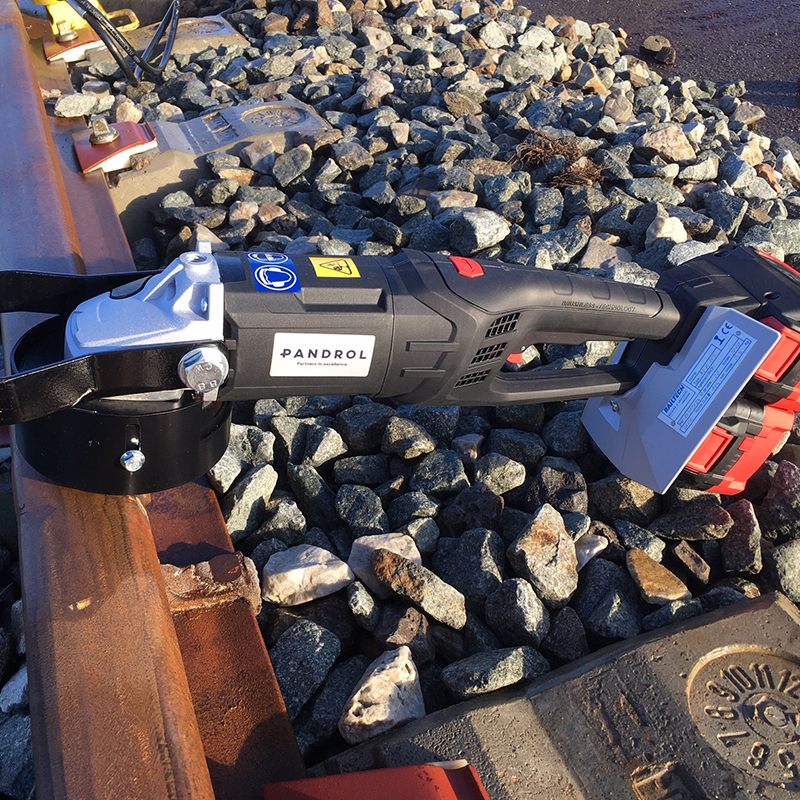
This lightweight and portable grinder is specially designed for finishing grinding after rail welding on track. The integrated lithium battery provides autonomy, as no other power source is required.
Battery-Operated Handheld Grinder B115
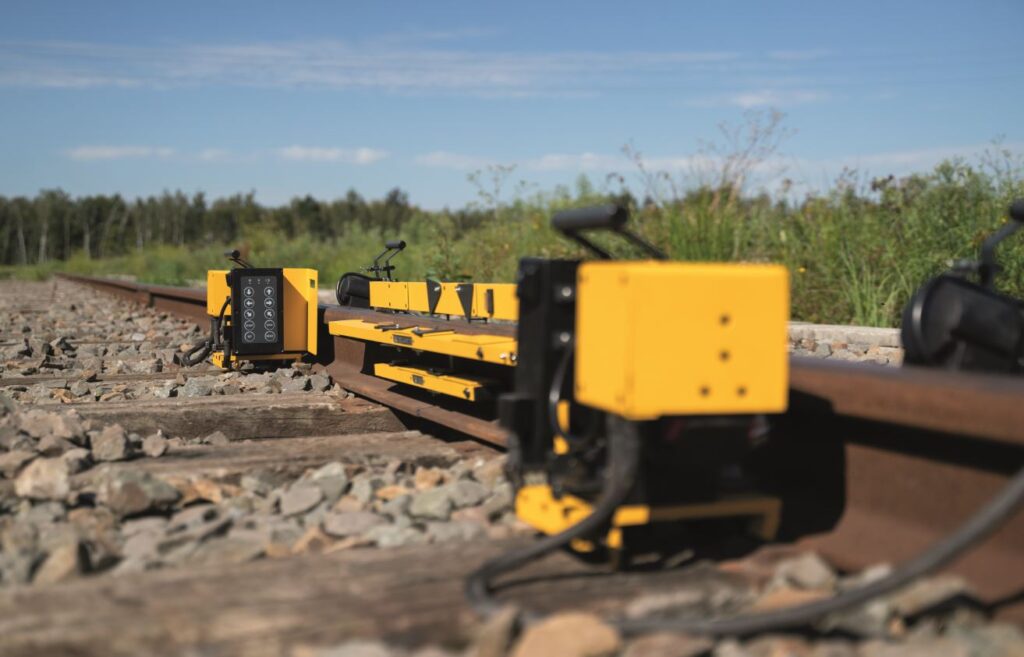
The revolutionary i+align automatic aligner has been designed to transform rail welding through precise, automated rail alignment.
i+align
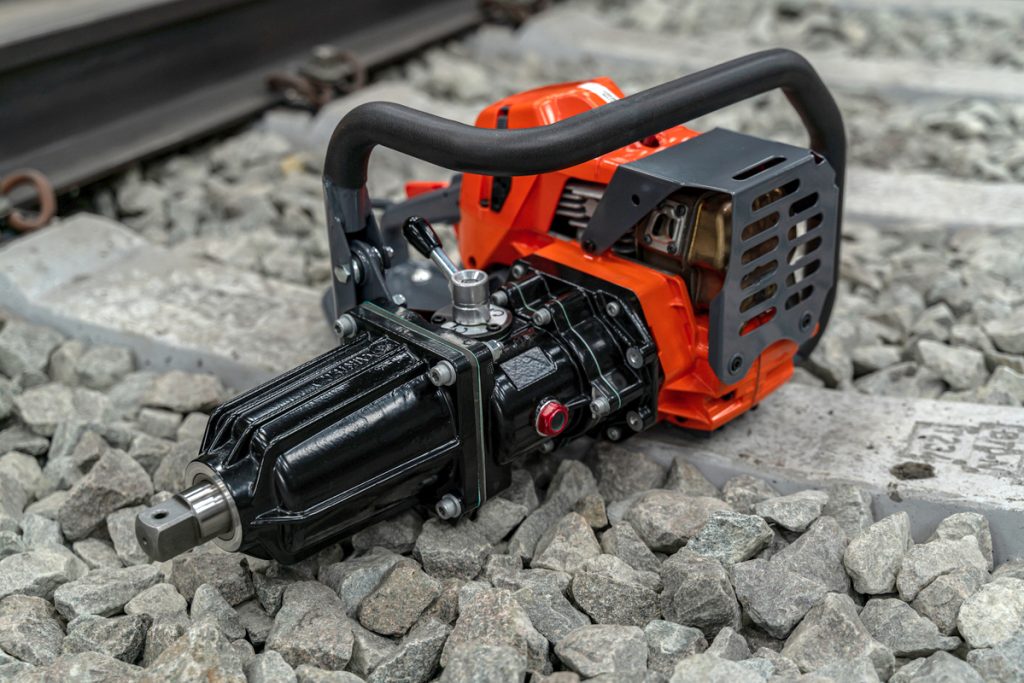
Designed to screw/unscrew all types of bolts and drill holes in wooden sleepers, this high-efficiency tool is powered by a specially designed engine that ensures accurate, quick, reliable operation.
Impact Wrench Master 35
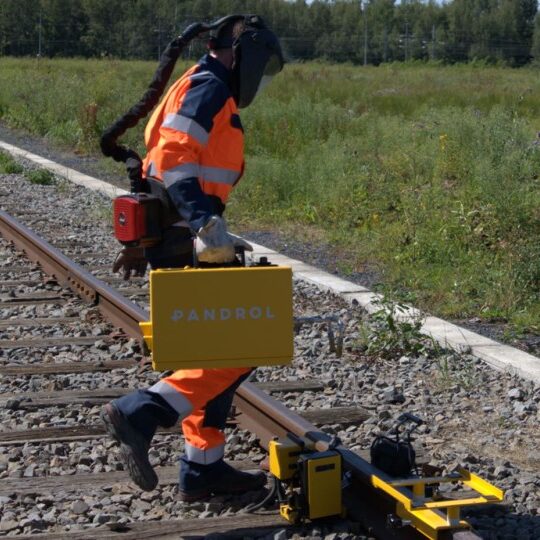
The equipment can be used for normal gap, wide gap and head wash repair (HWR) welding.
i+cool
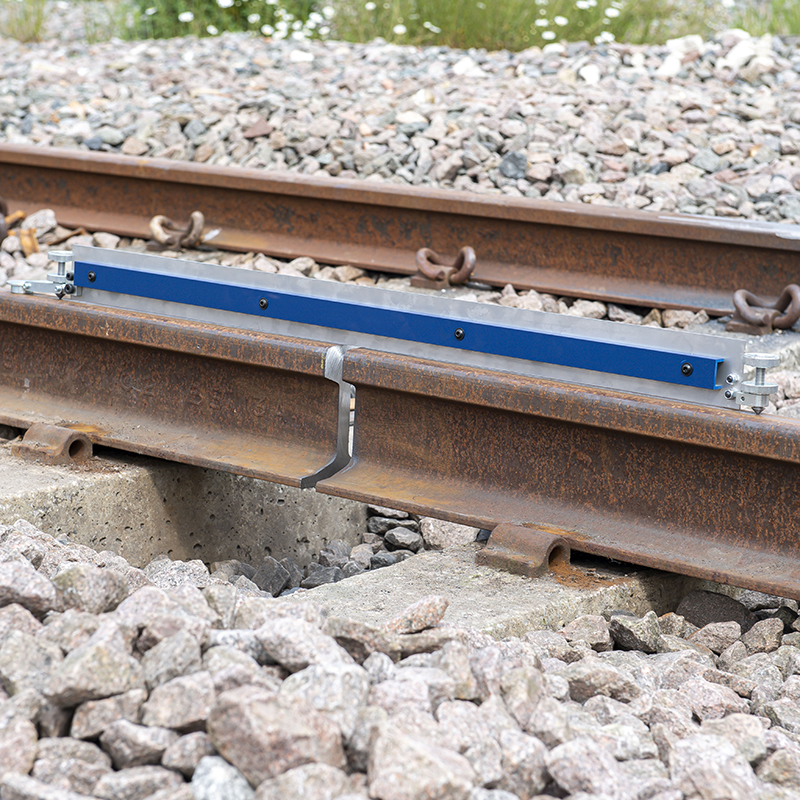
Performing checks and adjustments is an important part of the welding and maintenance process, particularly on the ends of rails.
Straight Edges RAP1000, RB500, RB700 and RB1000
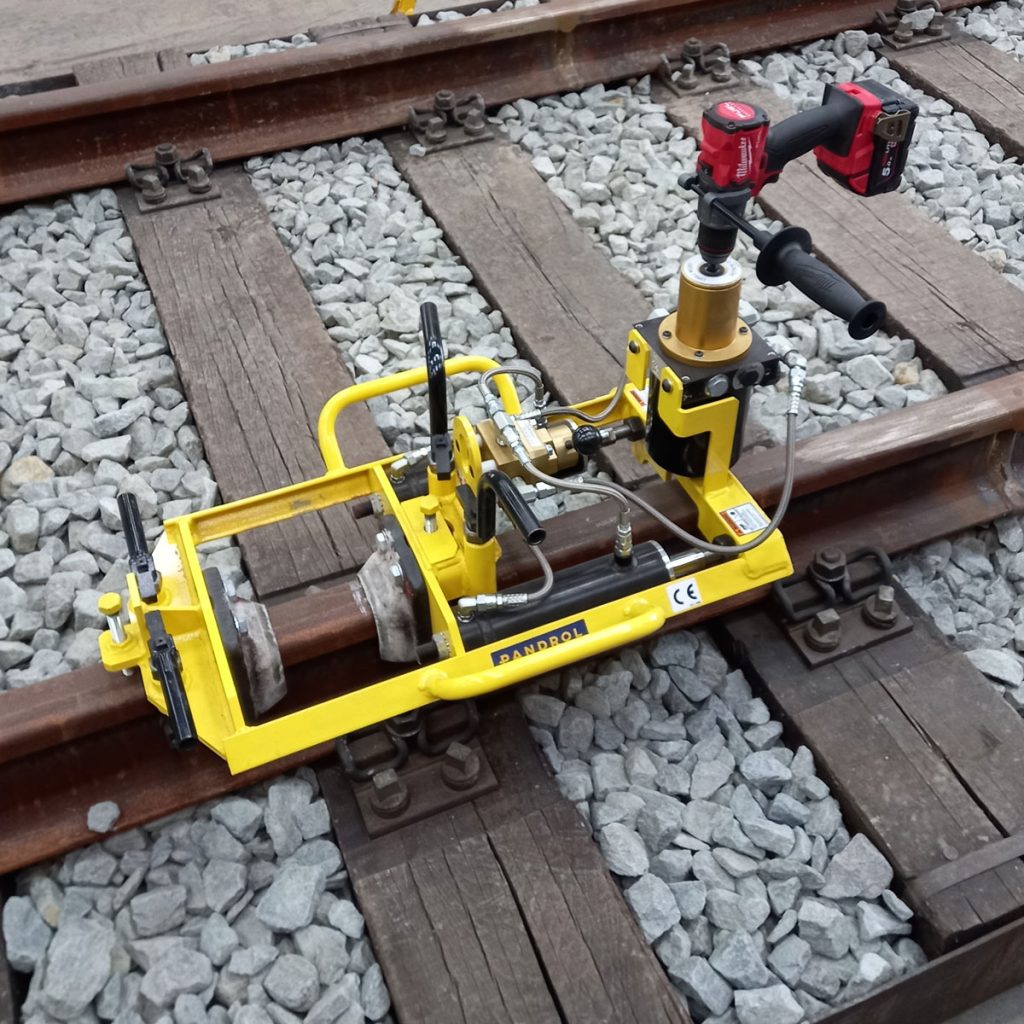
Designed to operate with the included battery-operated non-impacting drill, the simple chuck attachment allows easy installation of the shear so it is quickly operational on the track.
Compact Shear B-M-VIR
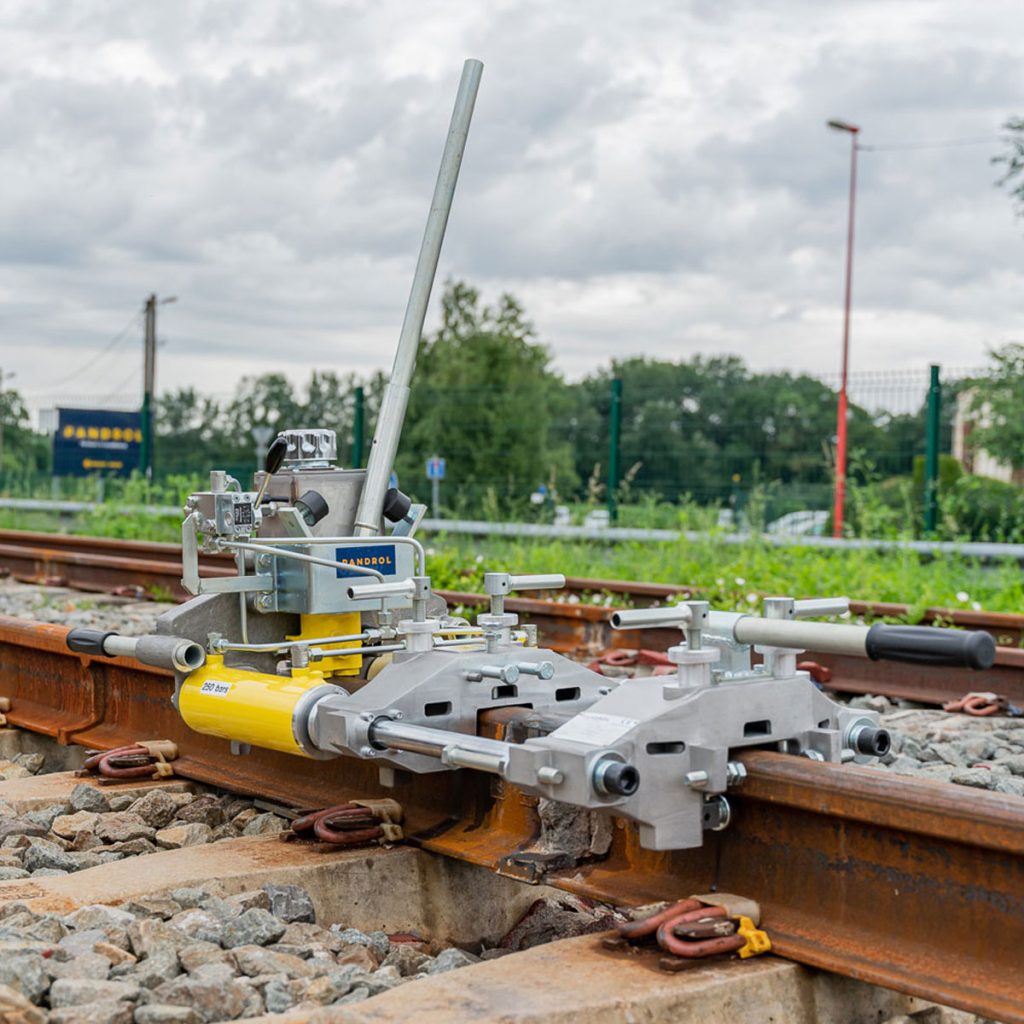
Excess metal remaining above the rail head during welding was traditionally removed manually with a hammer and chisel. The Weld Shear Hand Pump automates this process and reduces the risk of damaging the rail.
Weld Shear Hand Pump EPM2
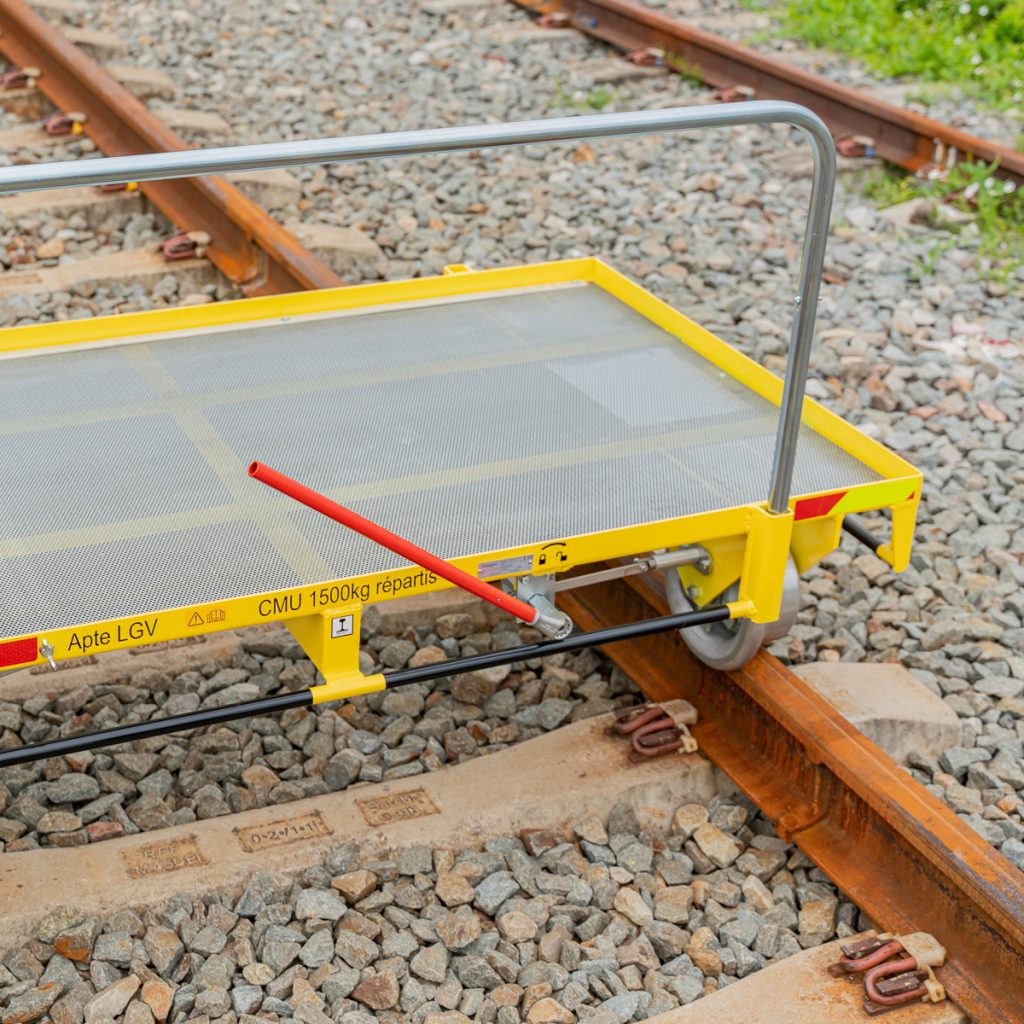
quipped with a fail-safe braking system and supplied with a detachable brake and push handle, the Rail Lorry has a stand-alone, load-bearing rolling platform for use on track
Rail Lorry PL01 and PL01.5

The HFP 36V is battery powered and fully automated for easier, more reliable operation: the ignition, timing and stop require no manual interference or flame adjustment.
High Flow Preheater 36V
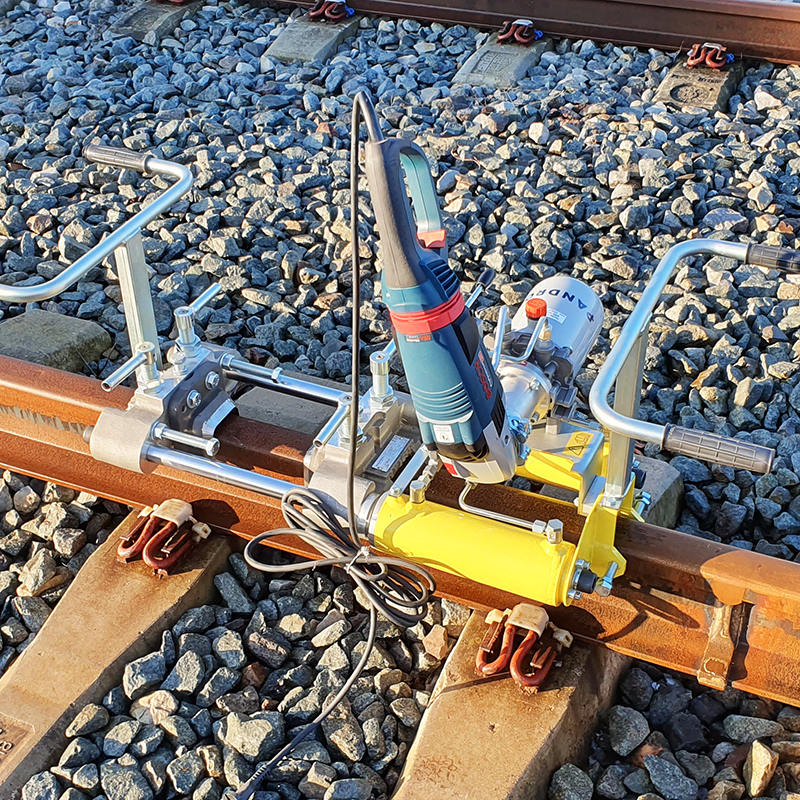
During aluminothermic welding, a deadhead of excess metal remains above the rail head. This was traditionally removed manually with a hammer and chisel. The Monobloc Electrical Weld Shear automates this process and removes the risk of damaging the rail.
Monobloc Electrical Weld Shear EME1/EME2
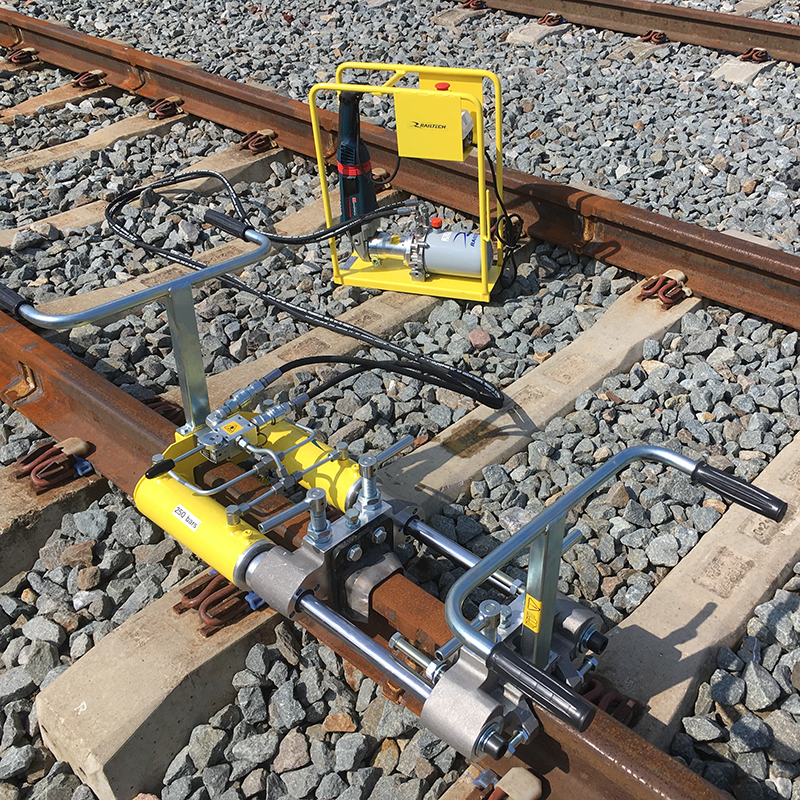
During aluminothermic welding, excess metal remains above the rail head. This was traditionally removed manually with a hammer and chisel.
Bi-Bloc Weld Shear EGH1/EGH2/EGH2 RAG
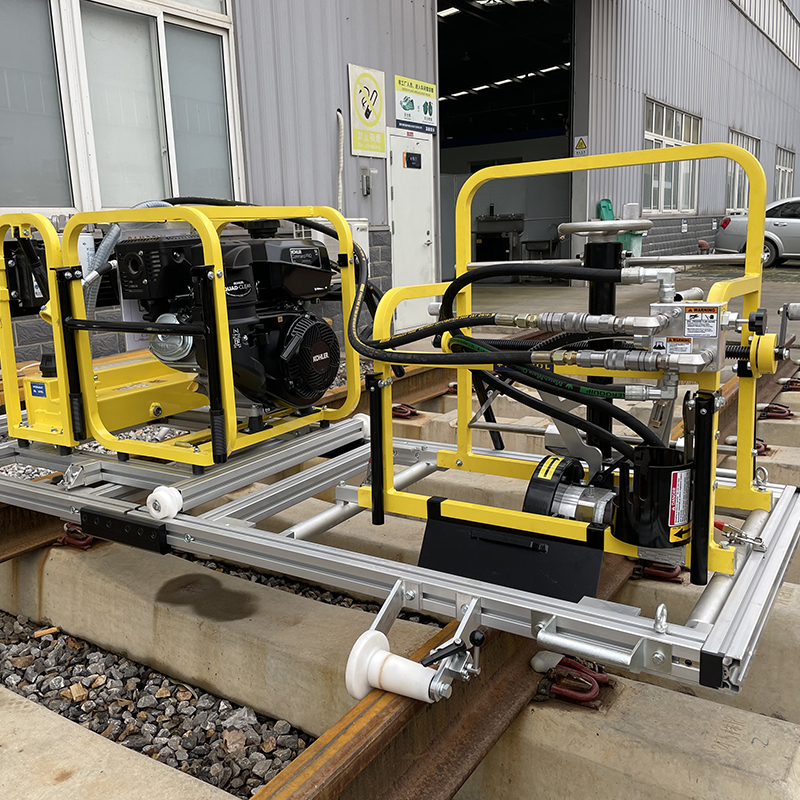
Pandrol’s Omega Grinder has been specifically designed to grind the top and sides of rail heads and the frog with precision and accuracy.
